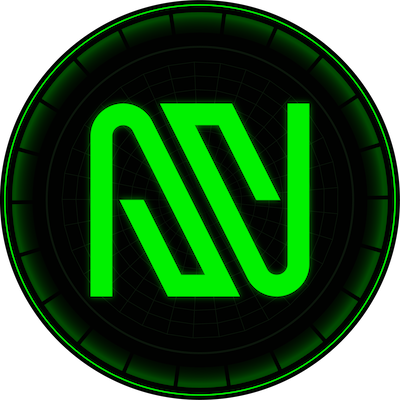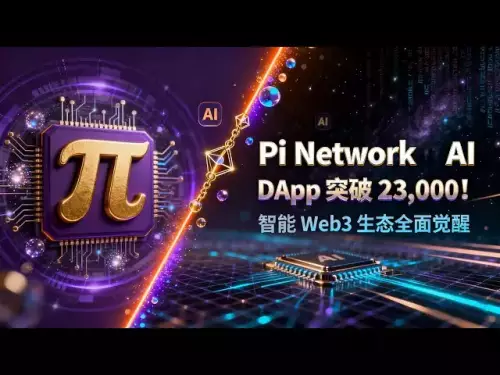Exploring the rise of neobanks in crypto, focusing on concept projects, user experience, and the narrative driving TradFi and DeFi integration.

The crypto neobank narrative is heating up, fueled by stablecoin regulation, mature crypto infrastructure, and DeFi yield advantages. These innovative platforms offer flexibility, lower costs, and user-friendly experiences, attracting users globally. Let's dive into the concept projects shaping this exciting landscape.
Neobanks: Bridging TradFi and Crypto
Neobanks are emerging as a solution to the inefficiencies and high fees of traditional banks. Projects like Plasma One, backed by crypto heavyweights, focus on stablecoin-native financial applications. They aim to solve USD storage, payment, and transfer issues, offering high returns and cashback rewards. Galaxy One provides crypto and stock trading services, allowing users to earn APY on their investments.
Key Players and Their Innovations
- ether.fi Cash: Integrates banking services with crypto functionality, offering a crypto-native credit card for spending without selling crypto assets.
- Tria Card: A self-custodial neobank designed for both humans and AI agents, unifying spending, trading, and earning across chains. Their BestPath AVS engine optimizes transactions, ensuring seamless and fee-free usage.
- MetaMask Card: Allows users to spend crypto directly from their MetaMask wallet, offering cashback rewards.
- Bunq: Partners with Kraken to provide crypto trading services within its banking app, expanding to the European Economic Area, the UK, and the US.
- UR Neobank: Offers a one-stop solution for digital asset and fiat currency management, supporting stablecoins and multiple fiat currencies.
- Karma Pay: Aims to make cryptocurrencies and stablecoins everyday payment tools, bridging traditional finance and DeFi.
- Gnosis Pay: Provides an on-chain self-custodial checking account, allowing users to use crypto assets directly for real-world payments.
- Sanafi Onchain: Focuses on ethically driven on-chain banking services, ensuring funds are used at verified ethical merchants.
- VPay: An AI-driven Web3 omnibank integrating digital asset functionality with real-world consumption.
- Avici: A decentralized internet banking platform built on Solana, enabling users to manage their funds on-chain.
The Rise of AI and Programmable Money
Tria stands out with its focus on AI agents, highlighting the growing importance of programmable payments infrastructure. By 2030, AI agents are projected to execute a significant portion of global digital payments. This neobank is designed for both humans and AI, making money programmable and enabling native on-chain transactions.
Community and Tokenomics
Projects like Karma emphasize token economics designed around real economic activities, using transaction fees to repurchase tokens, reward the community, and support charitable donations. This approach aims to create sustainable financial ecosystems.
Final Thoughts
The neobank space is rapidly evolving, offering innovative solutions to bridge the gap between traditional finance and the crypto world. With a focus on user experience, seamless transactions, and AI integration, these projects are paving the way for a future where crypto finance is accessible and user-friendly for everyone. Who knows, maybe one day we'll all be using crypto neobanks to pay for our morning coffee!
Disclaimer:info@kdj.com
The information provided is not trading advice. kdj.com does not assume any responsibility for any investments made based on the information provided in this article. Cryptocurrencies are highly volatile and it is highly recommended that you invest with caution after thorough research!
If you believe that the content used on this website infringes your copyright, please contact us immediately (info@kdj.com) and we will delete it promptly.














































































